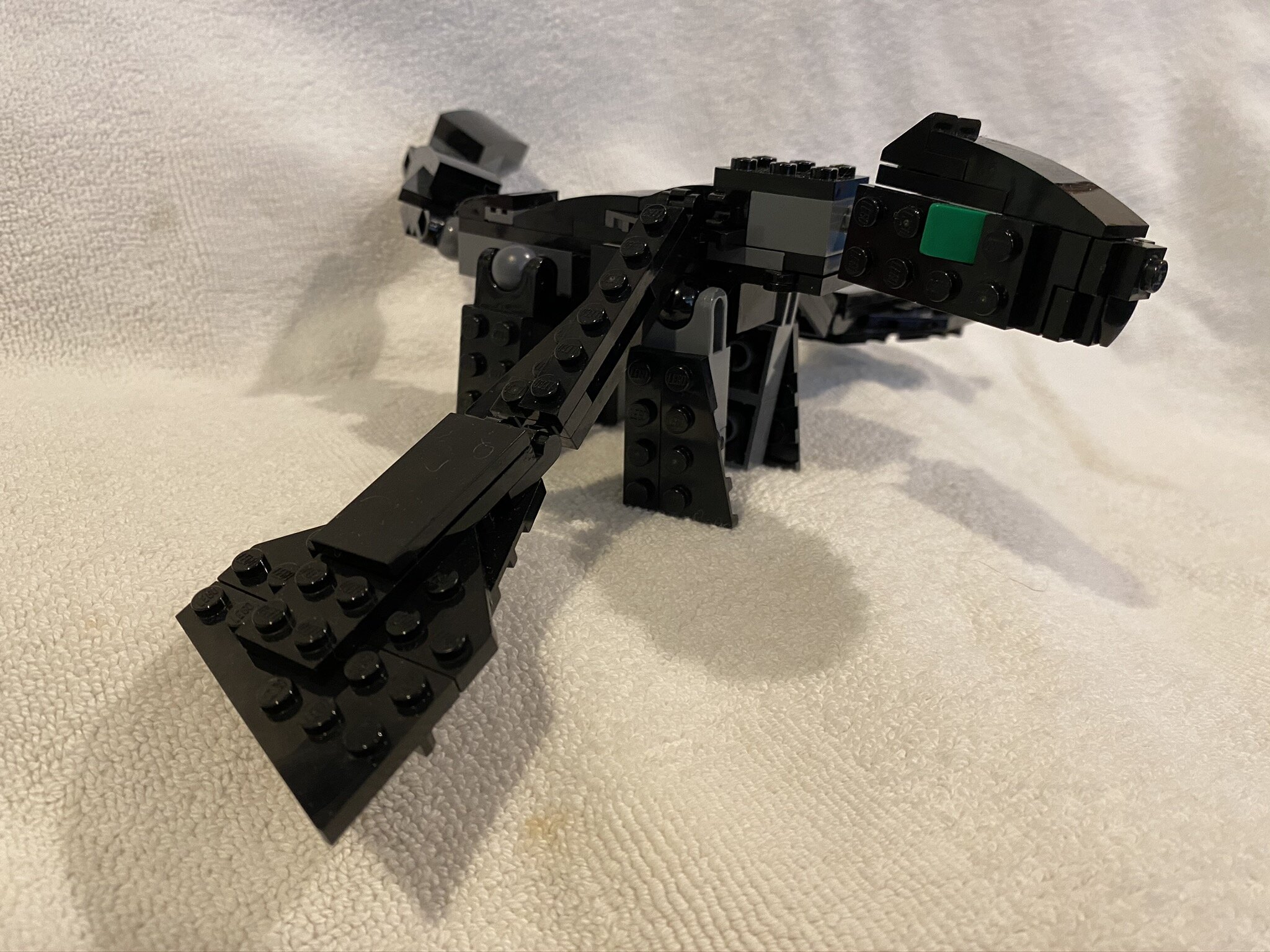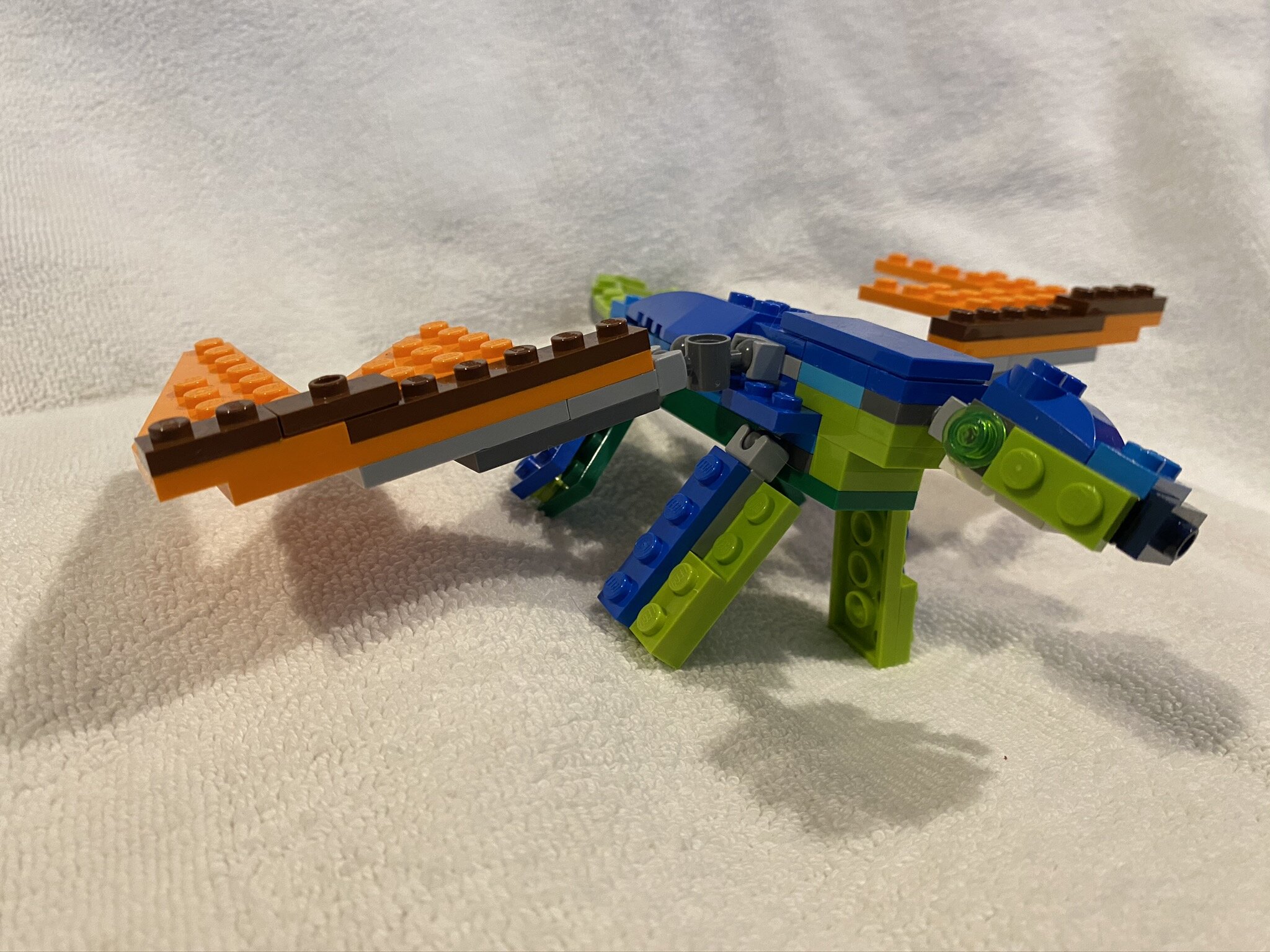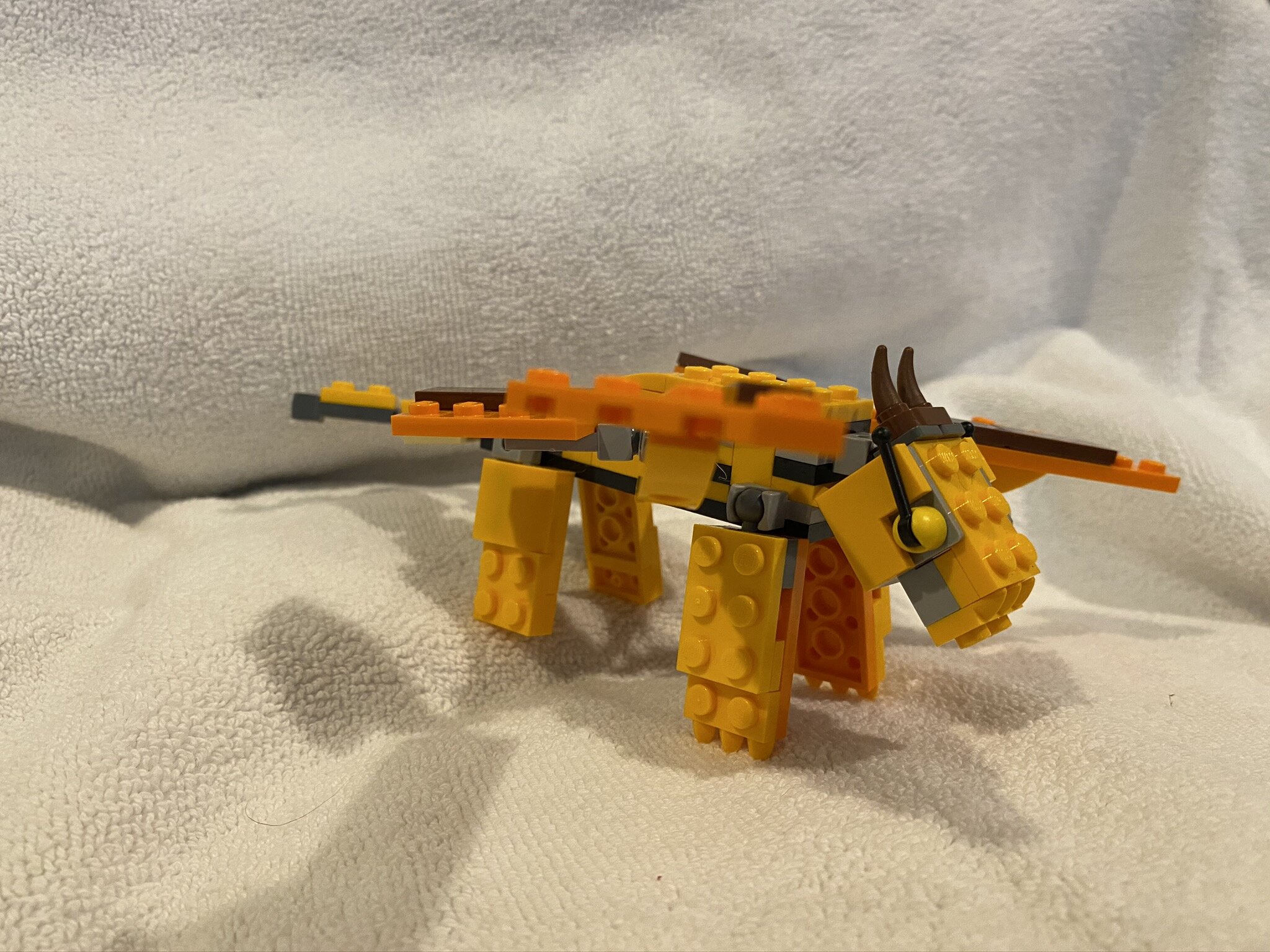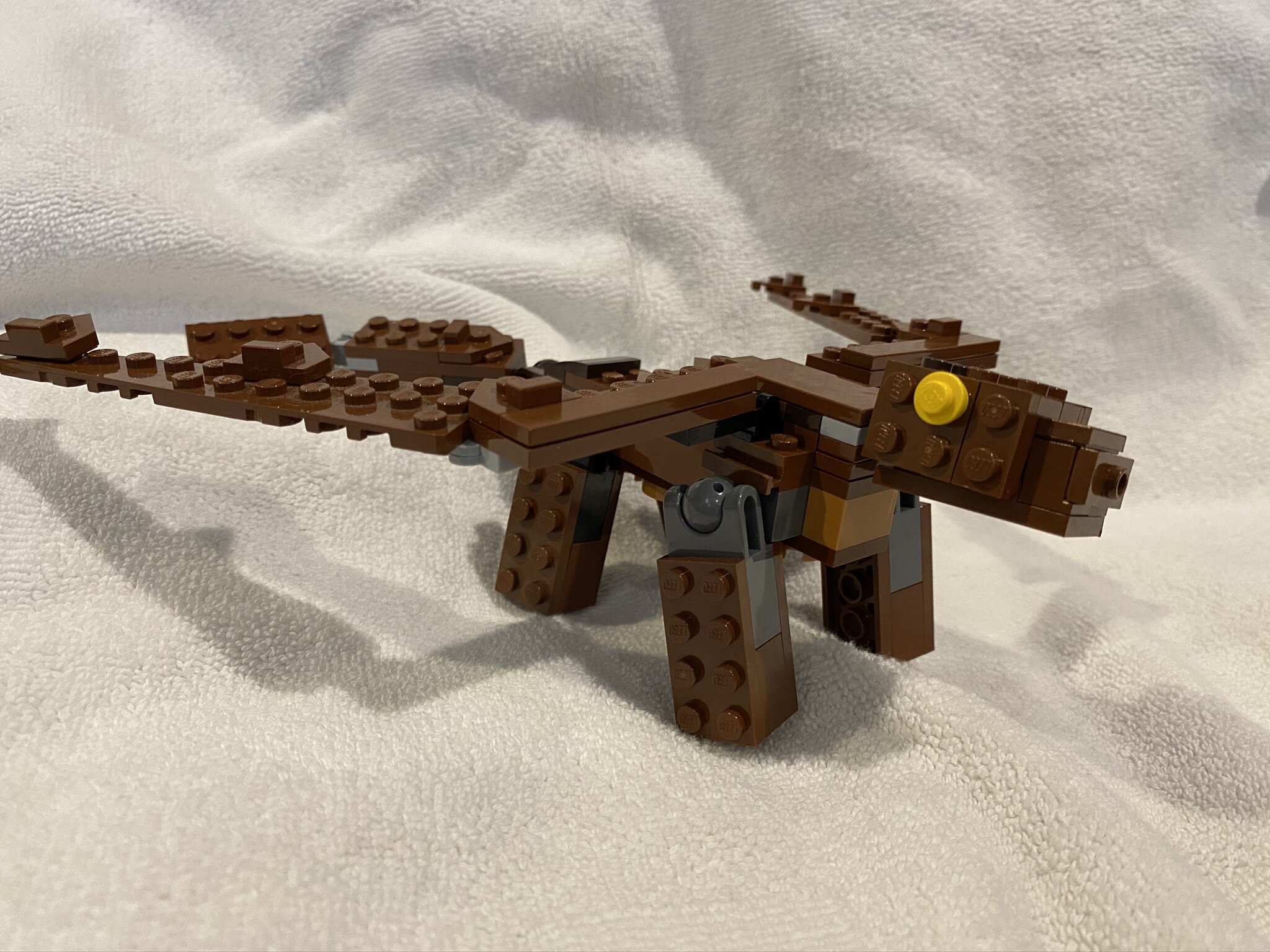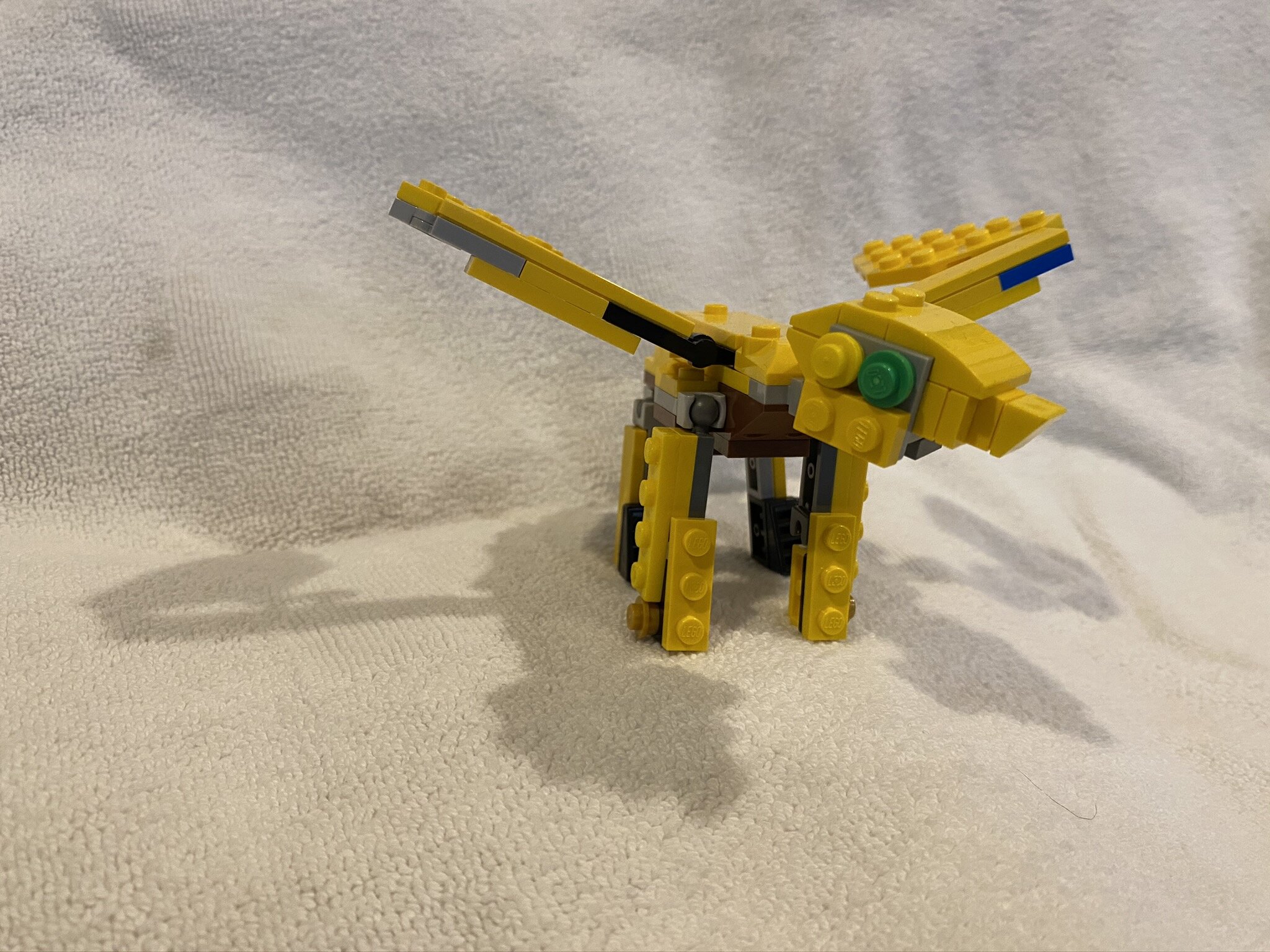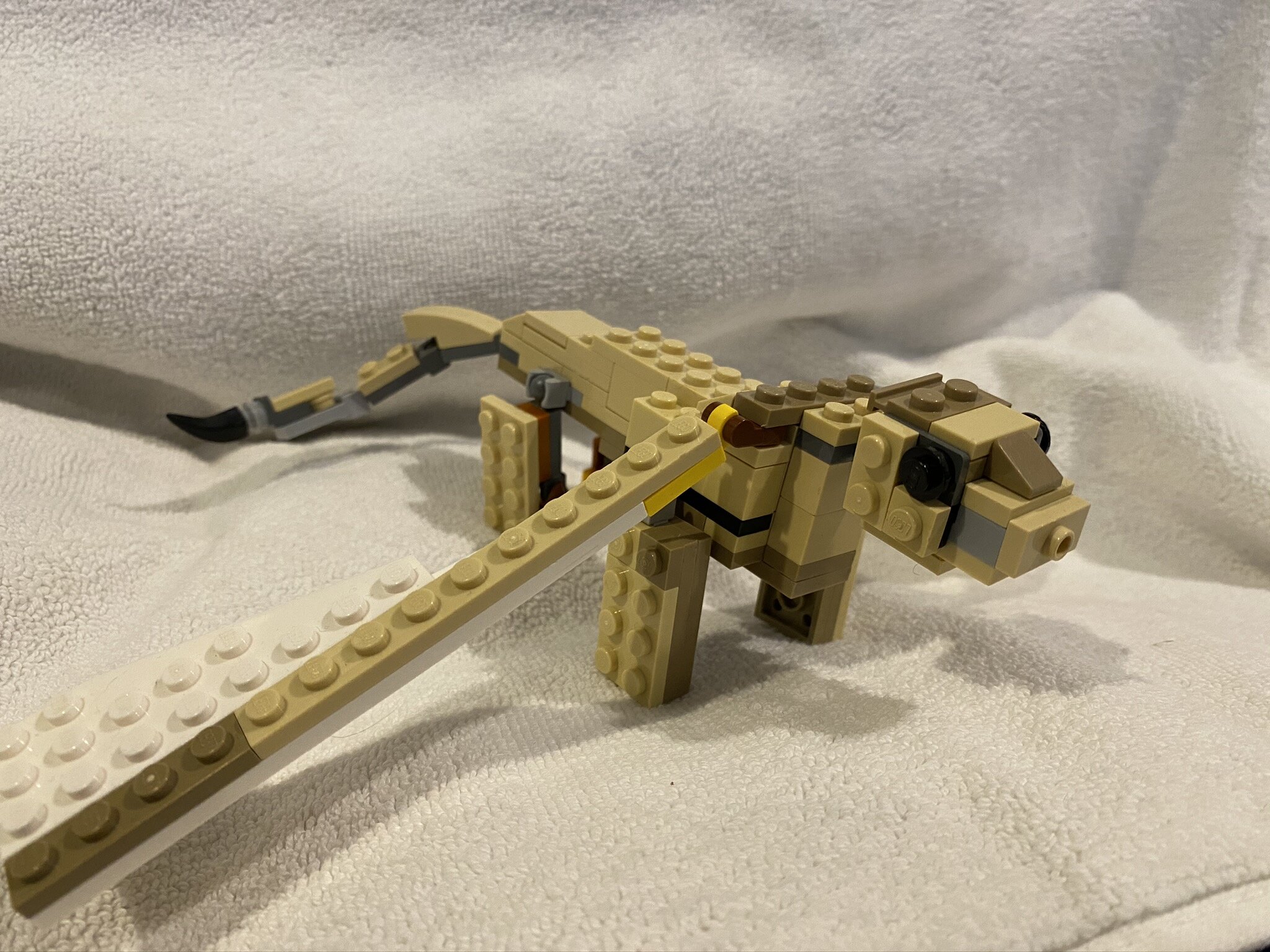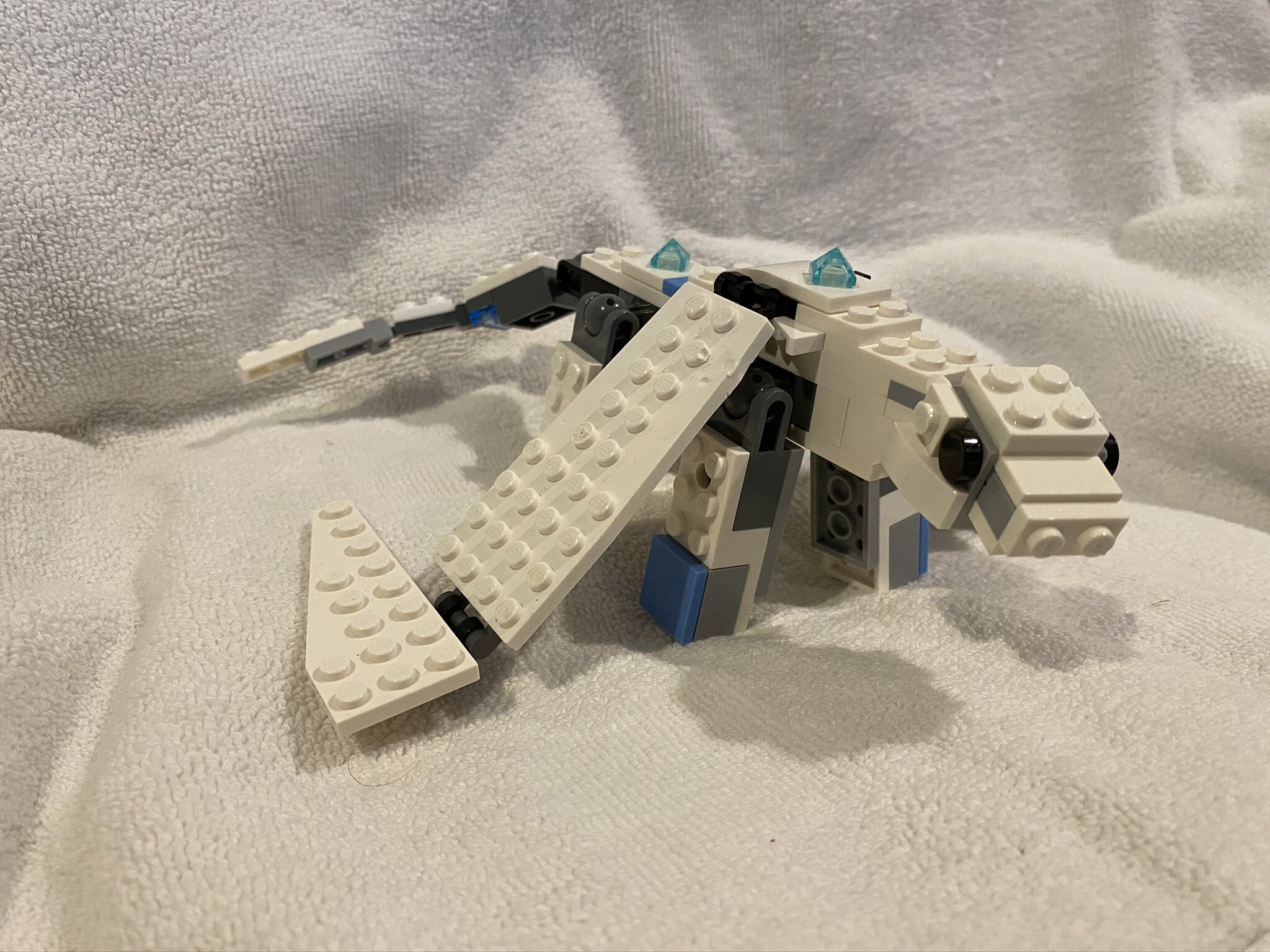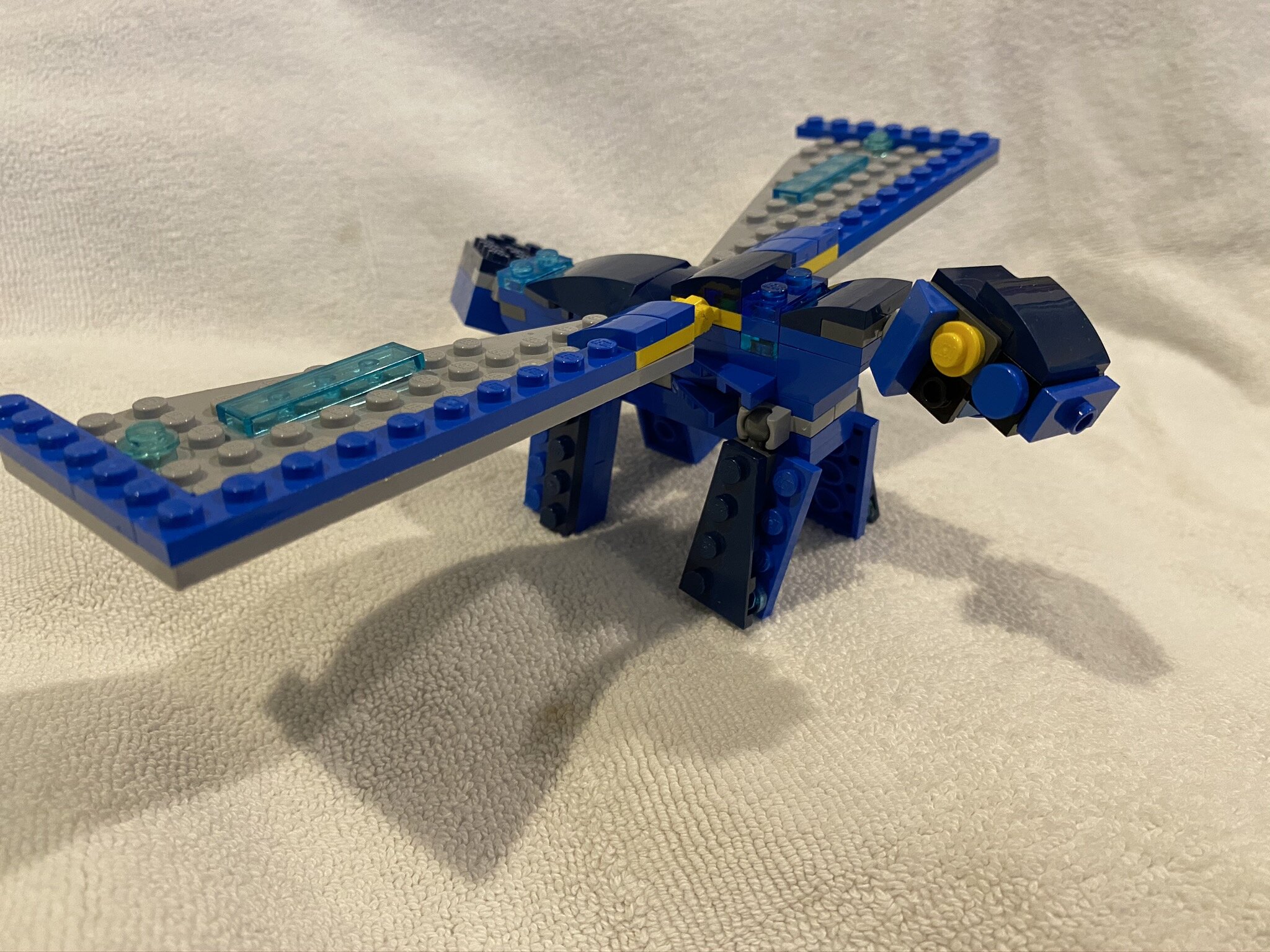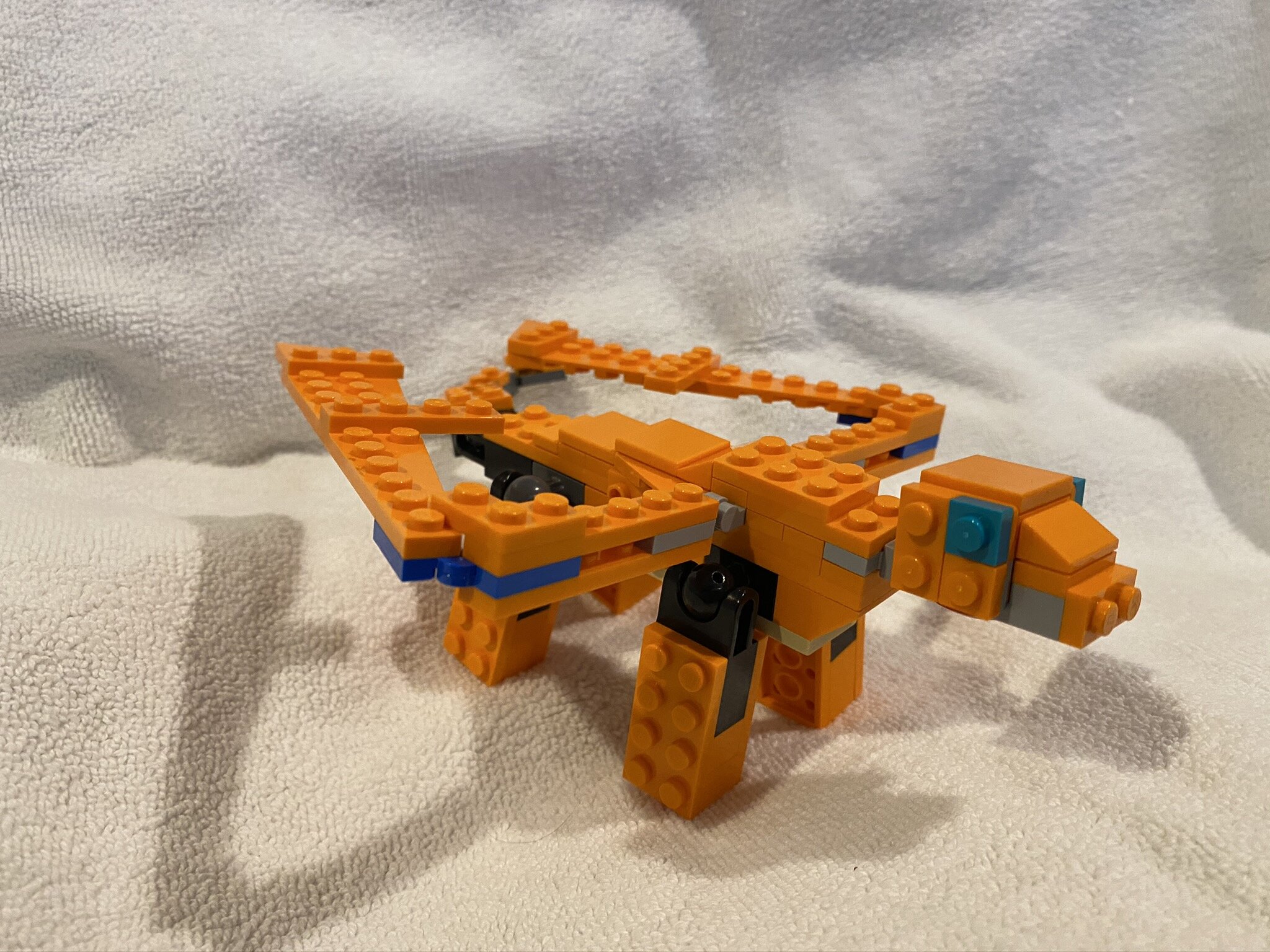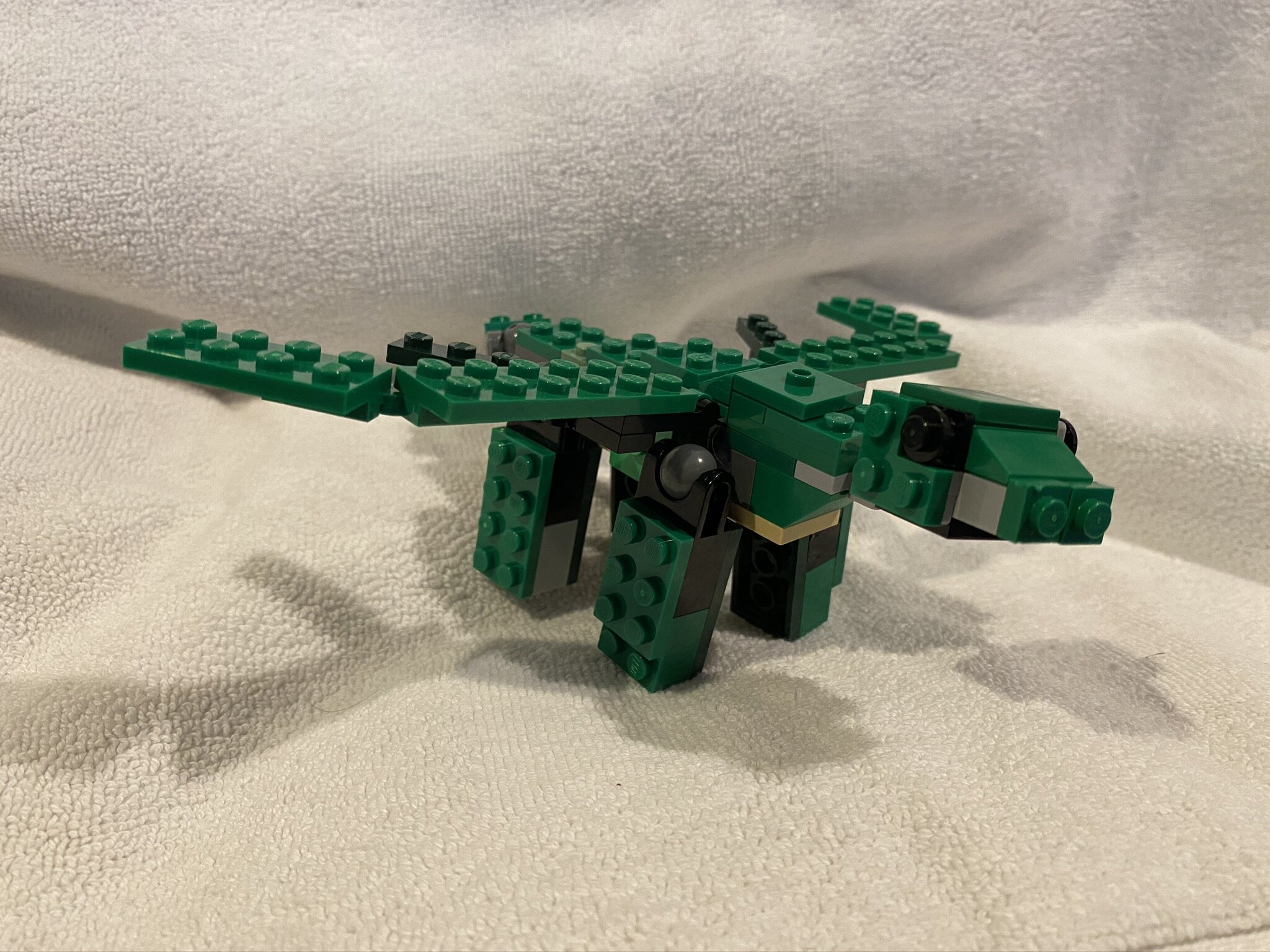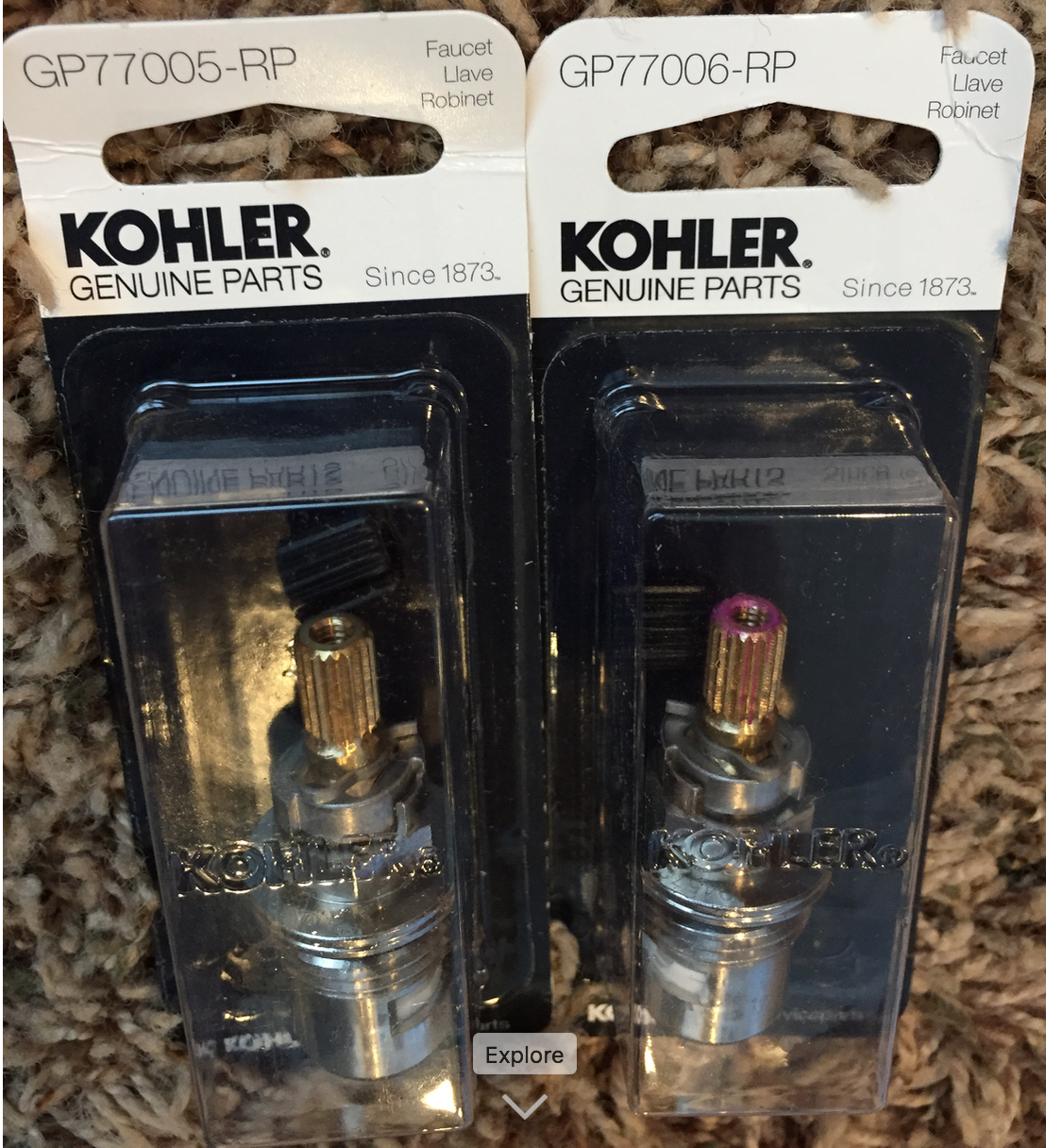Astigmatism is very common yet, for something that a LOT of people have, it’s very misunderstood. And it gets blamed for just about any deficiency people perceive in their quality of vision (and sometimes they’re right).
Perhaps this is because it’s a little tricky to conceptualize, or maybe it’s because the word itself sounds like it could be a horrible disease. If I didn’t know better, I certainly wouldn’t want to be told that I’ve caught a case of “astigmatism”.
When we try to explain astigmatism, we often do it by describing the shape of the front surface of the eye. “An eye without astigmatism is spherical, like a basketball. An eye with astigmatism has two curvatures, a steeper one and a flatter one. Kind of like a football.”
I think most people comprehend this analogy when they hear it but, like a lot of information, the passage of time eventually erodes this understanding and, years later, they only recall that there is something football-like about their eyes.
When I look at Edvard Munch’s The Scream, I like to think about what would make the subject of the painting scream. What could be causing the horrified expression on his face? What could be altering his perception of the world and transmogrifying it into a swirly, melty nightmare?
I can only think of one thing: Astigmatism.
Yes, the dreaded football-eye.









